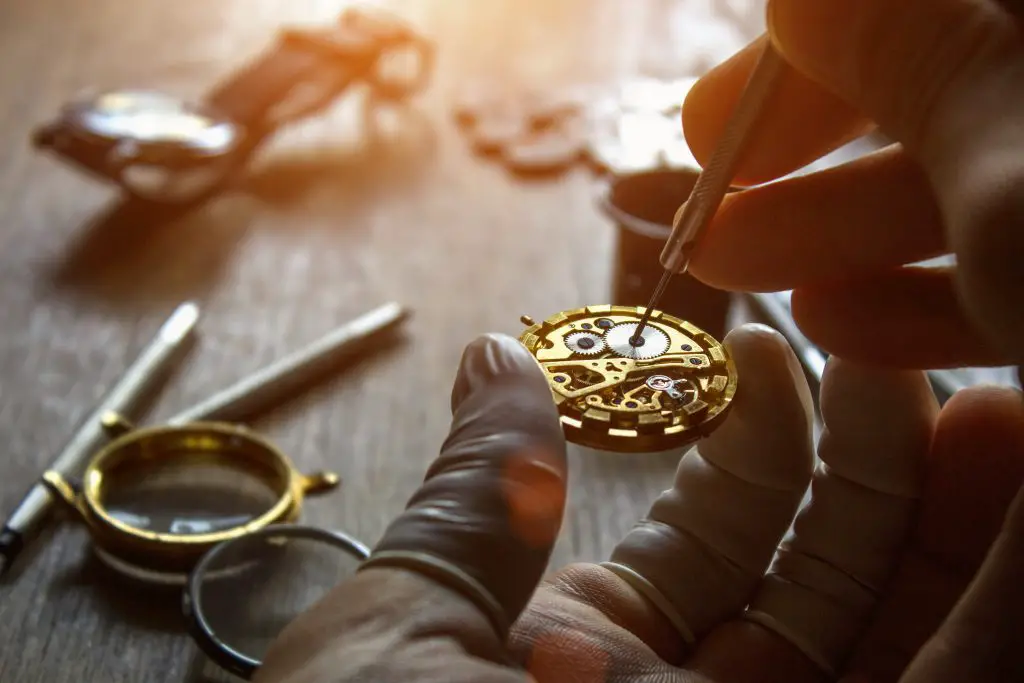The invention of the watch is one of the most important technological advancements of modern society. It has revolutionised how we measure time, allowing us to be more productive and efficient in our daily activities. But who was the original inventor of the watch and when was it invented?
This article from the watch know-it-alls at CALIBRE will explore the origins of the watch, with a focus on discovering who the inventor was and when they first created this revolutionary device.
- Who Invented the Watch?
- When was the Pocket Watch Invented?
- Popularisation of the Modern Watch
- Impact of the Watch on Society
- Digital Technology and the Watch
- Conclusion: Legacy of the Watch
Who Invented the Watch?

The origins of the watch loosely predate modern civilization, with ancient timekeeping devices such as obelisks and sundials, which then influenced the development of mechanical clocks. But, it was not until the 15th century that watches as we know them began to appear. The first mechanical watch invention is credited to a German clockmaker named Peter Henlein. This invention marked a major breakthrough for timekeeping technology and is worth noting for its impact on clockmaking over the ensuing centuries. The first actual wristwatch as we know them today was invented by Louis Cartier and Hans Wilsdorf in 1904, however.
Henlein’s invention of the pocket watch revolutionised portable timekeeping devices and brought clockmaking into a new era by being small enough to be worn. It featured a spring-driven mechanism that allowed it to be wound with a key, eliminating the need for weights or pendulums seen in earlier models of clocks and watches. Its innovation paved the way for further advancements such as smaller components, increased accuracy, and more ornate designs.
When was the pocket watch invented?
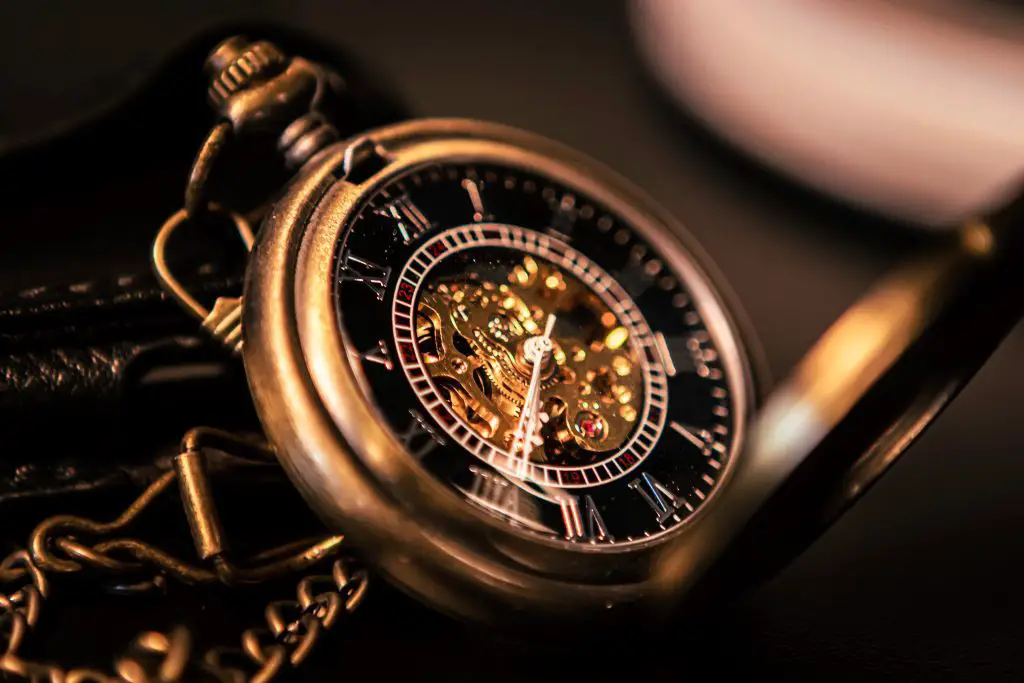
Peter Henlein’s pocket watch which was invented in the 15th century was first introduced as a way to conveniently carry time, and it quickly became a symbol of status and wealth throughout Europe. Although there does seem to be some debate around the first pocket watch, many historians believe his invention paved the way for early clockmaking techniques and eventually led to other inventors creating similar timekeeping devices. Later models were developed by French clockmakers, who created watches that featured jeweled movements and intricate designs.
The invention of the watch: Timeline
- 15th century: Clockmaker Peter Henlein creates the first pocket watch
- 1904: Louis Cartier and Hans Wilsdorf invent the first wristwatch
- 1926: Automatic watches came to the market
- 1969: The creation of the quartz watch
Popularisation of the Modern Watch
Invented centuries ago as a timekeeping device, the modern watch has become an accessory and statement piece that is popular around the world. Its popularity comes from its versatility, durability, and convenience in everyday life.
Since the original design of a pocket watch, timepieces have evolved over time to be more precise with increased accuracy and features like digital displays or quartz movements for better timing accuracy. Watches have also gained popularity due to their affordability and wide range of styles available. For example, a luxury Swiss-made mechanical watch can cost thousands of pounds, while an affordable quartz movement model can cost less than £100. I mean, you can literally buy an indestructible G-Shock for less than one hundred pounds, it’s pretty crazy, right?
Today’s watches have become much more than just functional timepieces; they are fashionable accessories that can reflect one’s style and personality.
Watches in pop culture

Luxury watches have been a staple of music, films, and pop culture for decades. From classic movies to modern-day songs, luxury timepieces are often used as a symbol of status and power. Whether it’s Jay-Z proving he is hip hops expert in horology or James Bond wearing an Omega Seamaster in the 007 series, luxury watches have become embedded into our collective cultural consciousness. The popularity of these iconic pieces hasn’t diminished over time either; luxury watch brands continue to be featured prominently in both film and music. For example, rapper Travis Scott constantly proudly wears his rainbow AP, while singers such as Rihanna and Justin Bieber were spotted with Cartier watches.
The luxury status of watches

Watches have long been considered a luxury item, with many iconic brands boasting a variety of high-end models. Despite the proliferation of smartwatches and fitness trackers, classic timepieces still remain in demand due to their opulent designs and stylish attributes.
From being made out of precious metals to having tourbillons and chronographs, watches can be crafted with complex features that make them sought after by watch connoisseurs. Furthermore, many luxury watchmakers create limited edition models that are worth thousands or even millions of dollars due to their even higher level of craftsmanship and exclusivity. The status associated with owning an expensive watch has been further enhanced by celebrities who proudly show off their collections in interviews or photoshoots.
Watches as collector’s items
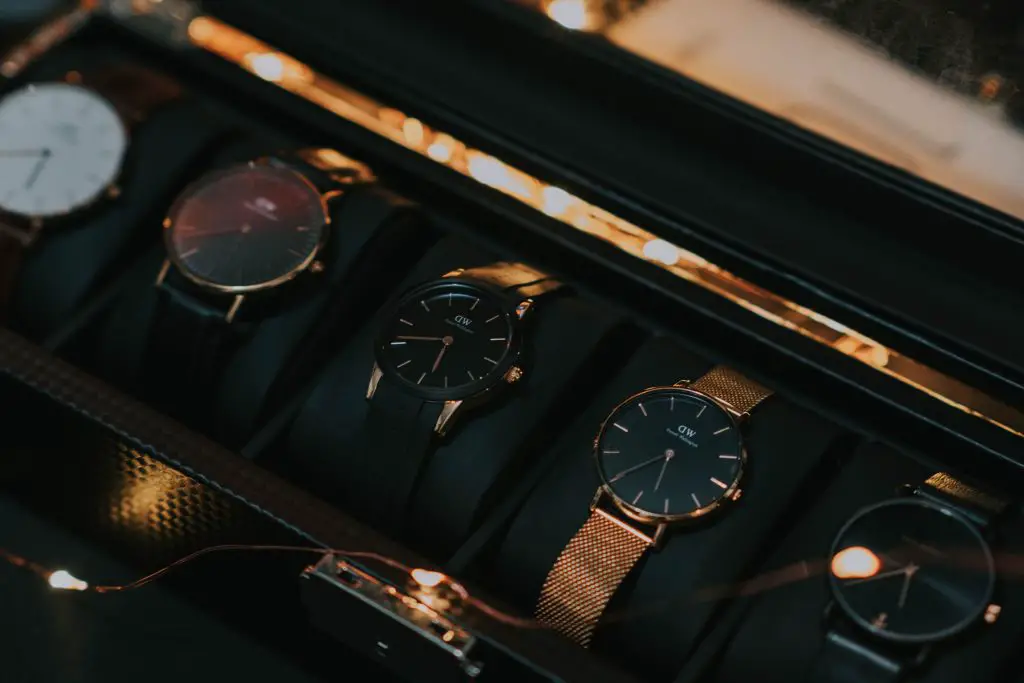
The collecting of watches is becoming increasingly popular among watch enthusiasts and collectors alike; with many turning to rare and expensive pieces to add to their collections. Collectors seek out watches from specific eras or brands, such as Rolex or Patek Philippe, due to their craftsmanship and intricate designs. Even the most basic mechanical watch has parts that require expertise in manufacturing – making these pieces highly sought-after by collectors who appreciate the quality of workmanship behind them.
Just like any other collectible item, there is a large market for used watches; especially those which have been restored back to their original condition.
Smartwatches
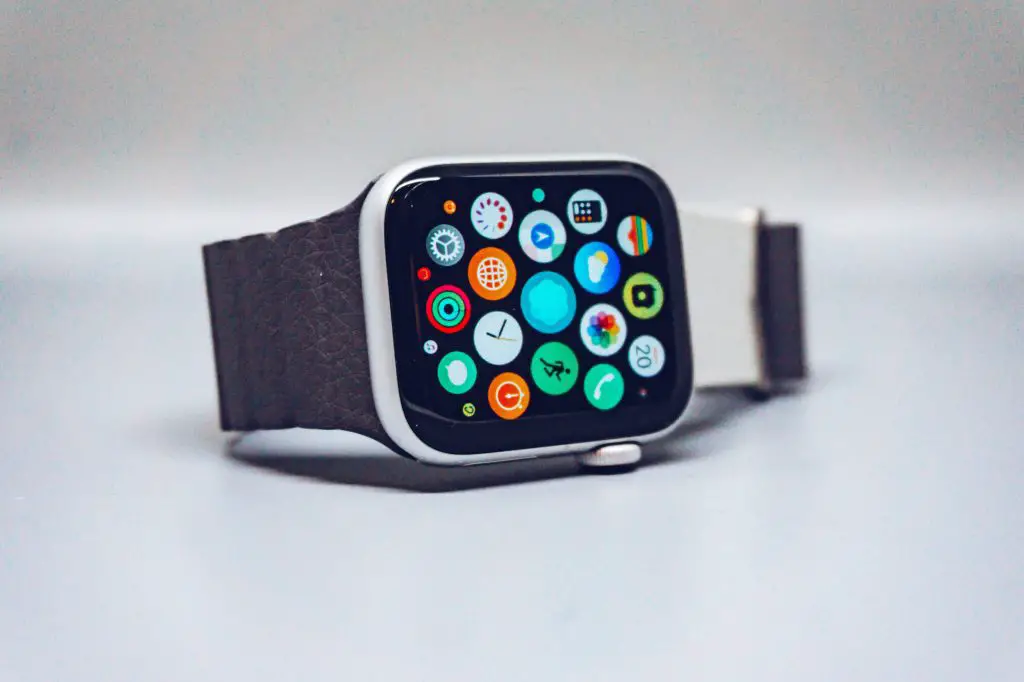
Smartwatches have revolutionised the way we wear and use watches. Instead of being simply fashion accessories, they are now seen as high-tech pieces of technology that offer much more than just time-telling capabilities. Smartwatches have taken traditional watchmaking to a whole new level with their innovative features and abilities.
Recent years have seen an increase in the popularity of smartwatches due to the convenience they offer in our everyday lives. They allow us to receive notifications from our phones, track our fitness activities, and even make payments directly from our wrists. With so many useful features, it’s easy to understand why people have welcomed them with open arms! Smartwatches also look great, combining classic designs with modern tech for a sleek aesthetic that you can take anywhere.
Impact of the Watch on Society
The invention of the watch has had a profound impact on society, especially in more recent years, due to acceleration from factors such as wartime time keeping needs to digital fitness technology developments. Although the original design of the watch was fairly simple, it provided people with a way to track time easily and accurately throughout their day. This allowed for more efficient scheduling and organisation, which greatly improved productivity both in business dealings and everyday life.
By giving people an easy-to-use tool for tracking time, Henlein’s invention opened up new possibilities when it comes to managing tasks during one’s lifespan. People could more effectively plan out their daily activities as well as set reasonable deadlines for completing projects ahead of time. In addition to this, watches also allowed them to keep track of important meetings or events that might have otherwise been forgotten or missed altogether. And whilst watches have always held a status of luxury, from rappers flaunting an ‘iced out’ Rolex to businessmen boasting an IWC in their morning meeting, there is no debate that watches have become more accessible, proving they are not for the few, but for all to enjoy.
Digital Technology and the Watch
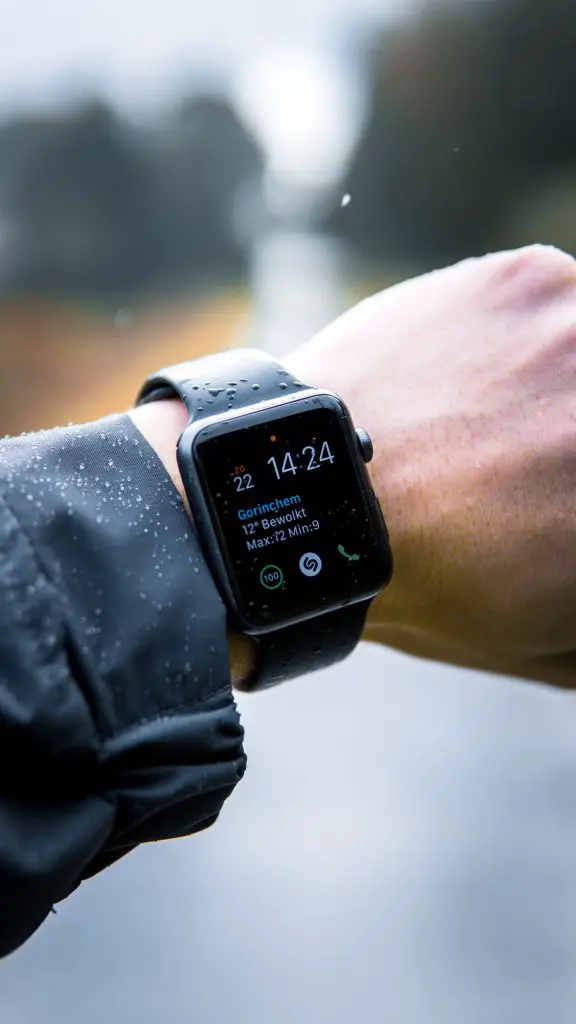
The inclusion of digital technology within watches has changed personal timekeeping forever, allowing individuals to accurately keep track of their own schedules. Today’s watches feature a wide range of modern digital technologies such as Bluetooth connection capability and apps for tracking fitness goals or checking emails. Digital technology has revolutionized how people interact with their watches, making them more versatile than ever before. When once a watch being small enough to fit in your pocket was a marvel, we now see timepieces that can track your exact location whilst telling you how much water you need to drink!
I wonder what watch features will be available in a century’s time?
Conclusion: Legacy of the Watch
The invention of the watch is one of the most important and iconic inventions of all time (at least that’s our opinion)! Over centuries, the watch has become an integral part of human life. It’s an instrument that helps people keep track of time in their day-to-day activities.
As discussed earlier, the inventor of the watch is a topic that has been debated for many years. While several inventors have claimed to be the first to design and build a working example, Peter Henlein from Nuremberg is widely considered to be the creator behind this groundbreaking invention, and we see his legacy all around us today. From your Grandfather’s random 80’s Seiko, to the next premium Breitling you are eyeing up, without the innovative thinking of clock makers from the times of old, we wouldn’t know this beloved industry as we do today.
Related Watch Guides
- What is a Quartz Watch?
- What is a Bezel on a Watch?
- What is the Crown on a Watch?
- Can you use a Stolen Apple Watch?
- Digital vs. Analogue Watches
